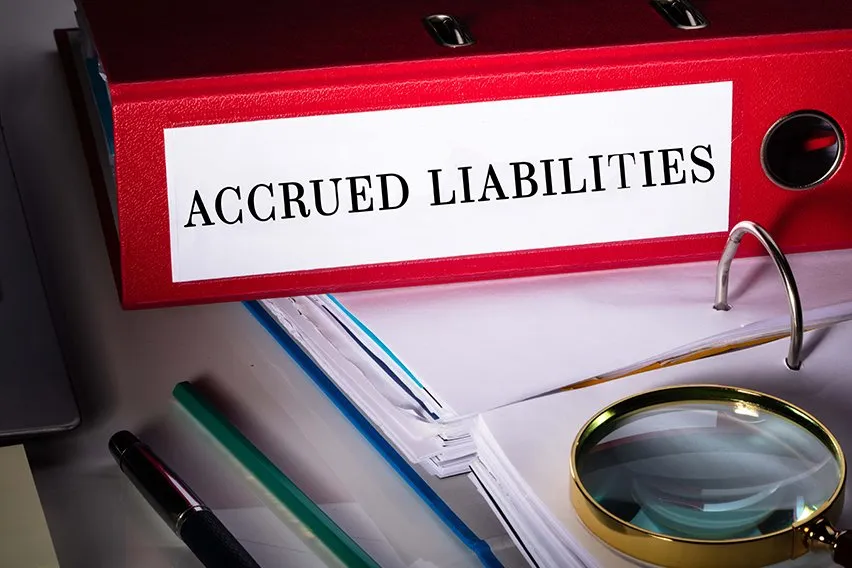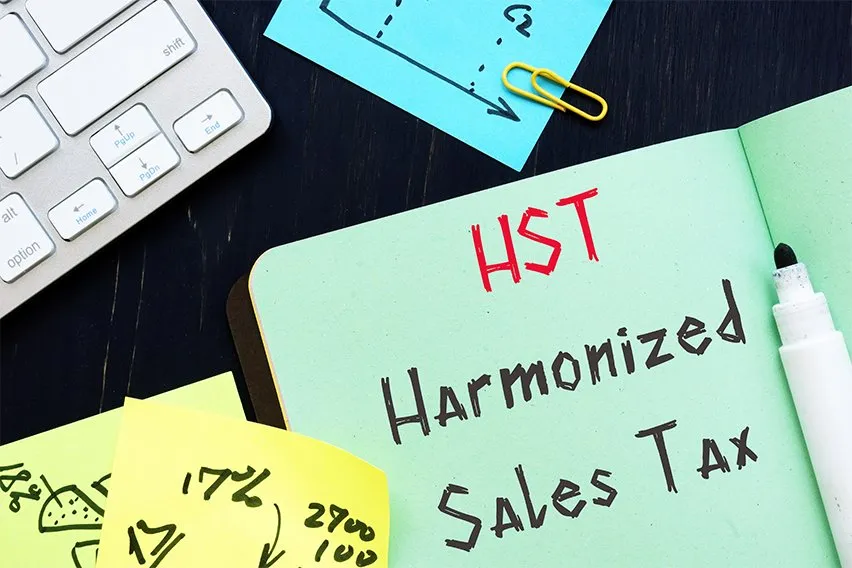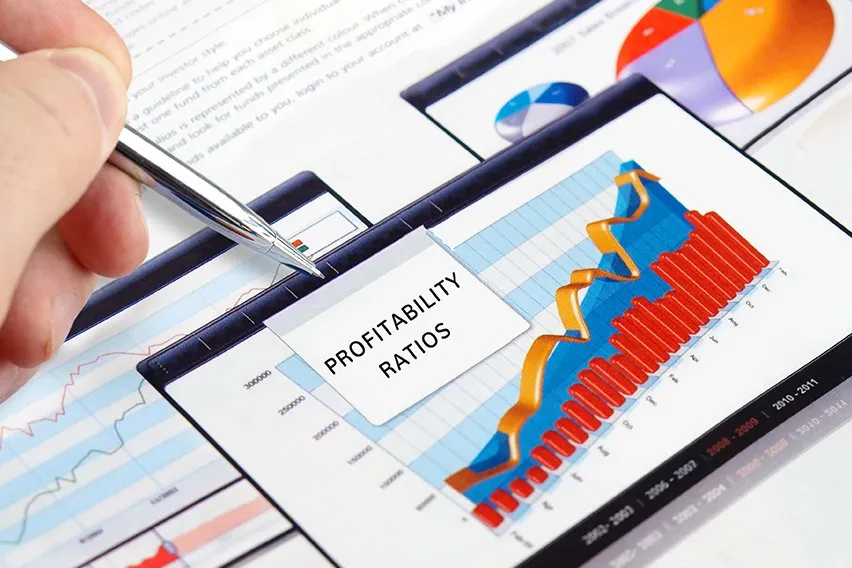What Is a Bad Debt Expense? Overview, Example & Calculation

Whenever the term debt comes up, it’s instantly assumed to be a bad thing.
But some debt, such as extending credit to customers or student loans, is actually considered positive debt. For example, extending credit is a great way for businesses to encourage business. It helps to promote purchases, boost sales and increase your overall profits.
But sometimes this good debt can backfire. Customers can not pay their credit, or they can go bust and leave you footing the bill. This of course results in what’s called bad debt.
But what exactly is bad debt? We’ll take a closer look at an overview, some examples and the ways you can calculate your bad debt.
Here’s What We’ll Cover:
How Can You Recognise Bad Debt?
What Is an Example of Bad Debt?
How Can You Calculate Bad Debt Expense?
What Is Bad Debt?
A bad debt happens when a third party owes you money but you are unable to collect the debt.
This then renders the debt as worthless because you cannot collect what you are owed. As a result, this debt has to be written off and you have to swallow the cost.
As a small business, this occurs mostly when you extend credit to customers.
Bad debt expenses tend to be classified as a sales and general administrative expense and can be found on a businesses income statement.
Recognising a bad debt can lead to an offsetting reduction to accounts receivable on a company’s balance sheet. Although businesses retain the right to collect the funds. This is if the circumstances surrounding the bad debt change.

How Can You Recognise Bad Debt?
There are two different ways that businesses can recognise bad debt expenses from delinquent accounts:
1. Direct Write-Off
This is a method where uncollectible accounts are written off directly to expenses as they become uncollectible. This is a method commonly used for tax purposes.
However, while this method records the exact amount of uncollectible accounts, it fails in other ways. Direct write-offs fail to uphold the matching principle used in accrual accounting.
This matching principle needs expenses to be matched to related revenues. This has to be in the same accounting period where the transaction occurred.
2. Allowance Method
The allowance method enables companies to take estimated losses into consideration in its financial statements. This is to limit an overstatement of potential income.
The allowance method works by the company estimating how much of its income from the current sales period may become bad debt. This allows them to prepare and account for potential losses.
What Is an Example of Bad Debt?
Let’s say that you own an electronics company and you make a sale to a customer worth $1,000. The customer uses store credit to make the purchase and receives your product upfront.
After some time has passed and you have invoiced the customer without success, you realise that their debt isn’t going to be paid. This then becomes bad debt.
Realistically, bad debt can occur for any number of reasons. Your customers may not have the money to pay their debt or they may be unhappy with your product and refuse to pay.
Either way, incurring a large amount of bad debt can be crippling for a small business owner’s prospects.
How Can You Calculate Bad Debt Expense?
There are two main ways for estimating the amount of accounts receivable that a company can not expect to collect.
It can be calculated using statistical modeling and studying historical data. Or it can be estimated by taking a percentage of net sales based on the company’s history with bad debt.
Let’s take a closer look at both methods:
Statistical Modeling
This method groups all of your outstanding accounts by age. Then specific percentages are applied to each of the groups. The aggregate of all of the results can then be used as the estimated uncollectible amount.
So for example, say a company has $70,000 accounts receivable with less than 30 days outstanding. They also have $30,000 of accounts receivable with more than 30 days outstanding.
Based on previous experience, 1% of accounts less than 30 days old will not be collectable, and 4% of accounts at least 30 days old will be uncollectible.
This would be calculated as follows:
((70,000 x 1%) + (30,000 x 4%)) = 1,900
That means that the company will report an allowance of bad debt expense of $1,900.

Percentage of Sales
The percentage of sales method works by companies putting a percentage of their sales to the side to account for any potential bad debt expense.
Let’s say that based on historical data, a company may expect that 3% of their net sales will not be collectible.
So if the total net sales for the period is $100,000 then the company will create an allowance of $3,000 for bad debt expense.
Let’s say that the following accounting period results in net sales of $80,000. This would mean that an additional $2,400 would be reported in the allowance for doubtful accounts and bad debt expense.
This would mean that the aggregate balance in the allowance after these two periods is $5,400. This number can then be used to estimate future bad debt expense allowances.
Key Takeaways
The accounting department of a small business is one of it’s most vital aspects. Being able to prepare for both good and bad situations means that you can be as prepared as possible. This limits the possibility of being blindsided financially and putting your business into risk of collapse.
Bad debt is one of a number of potential problems that a business may face. But with the right accounting tools, you can prepare for any eventuality and make steps towards having a health cash flow.
Are you looking for more business advice on everything from starting a new business to new business practices?
Then check out the FreshBooks Resource Hub.
RELATED ARTICLES

 What Is Cloud Accounting? A Small Business Guide
What Is Cloud Accounting? A Small Business Guide What Are Accrued Liabilities? Definition, Types & Examples
What Are Accrued Liabilities? Definition, Types & Examples How to Do Cash Flow Analysis? The Ultimate Guide
How to Do Cash Flow Analysis? The Ultimate Guide How to Calculate HST for Small Businesses
How to Calculate HST for Small Businesses Profitability Ratios: Definition & Types
Profitability Ratios: Definition & Types What is the Cost Principle? Definition & Meaning
What is the Cost Principle? Definition & Meaning